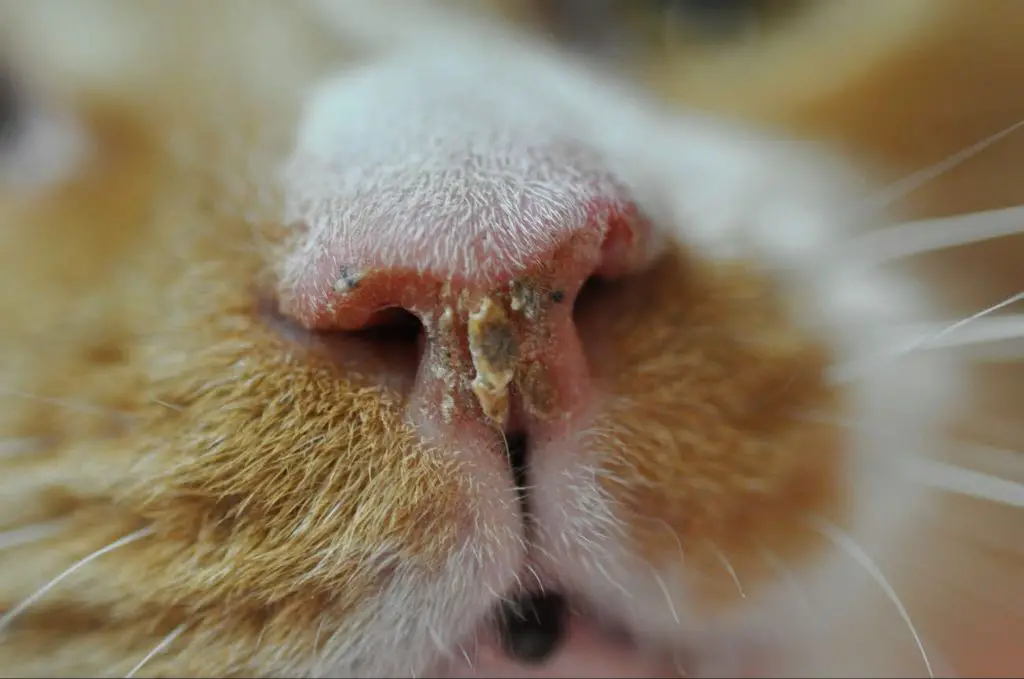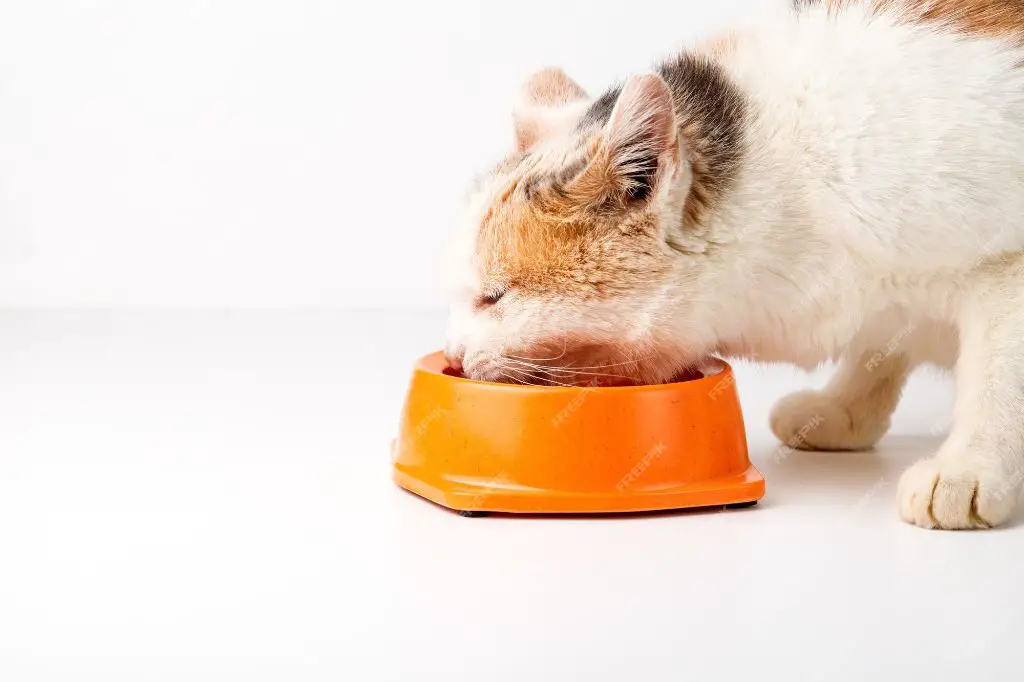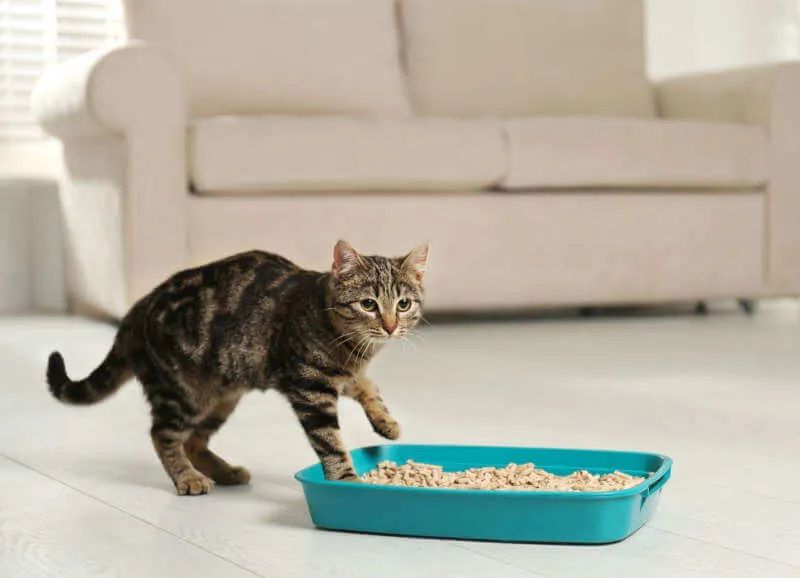What Are Cat Colds?
Cat colds, also known as feline upper respiratory infections (URI), are respiratory illnesses caused by viral or bacterial infections. They are similar to the common cold in humans. Cat colds are very common, especially in multi-cat households, shelters, and young kittens with undeveloped immune systems.
The most common symptoms of cat colds include:
- Sneezing
- Nasal congestion and discharge
- Watery eyes
- Coughing
- Lethargy
- Reduced appetite
Cat colds are transmitted through direct contact with respiratory droplets or contaminated objects. The most common pathogens are feline herpesvirus, calicivirus, Chlamydophila, and Bordetella bronchiseptica. Kittens are more prone to bacterial infections while adult cats commonly get viral infections.

While cat colds often resolve on their own, some cases can worsen and lead to pneumonia. Veterinary care is recommended if symptoms persist beyond 7-10 days or appear severe. Prevention includes vaccination, limiting exposure of kittens, reducing stress, and maintaining a clean environment.
How Long Do Cat Colds Last?
The duration of a cat cold can vary, but the acute phase when symptoms are most severe typically lasts 5-7 days. After this initial period, most cats will start to gradually recover over the next week or two as their immune system fights off the infection.
According to PetMD, cat colds “will go away on their own in about 7-10 days.” However, some cats may experience complications or secondary infections that prolong the illness. The recovery phase where lingering symptoms resolve can take up to 2 weeks in healthy adult cats.
Kittens, senior cats, and immunocompromised cats may take longer to fully recover from a cat cold. Their immature or weakened immune systems have a harder time fighting off the viral or bacterial infections that cause feline upper respiratory infections.
It’s important to monitor your cat’s symptoms and energy levels during a cold. Seek veterinary care if your cat is not eating, seems lethargic, has difficulty breathing, or still has nasal discharge after 2 weeks. This could indicate a secondary infection or other complication requiring treatment.
With supportive care and monitoring, most cat colds will resolve on their own within 1-2 weeks. However, kittens and high-risk cats may require 3 weeks or more to make a full recovery.
Do Cat Colds Go Away on Their Own?
In most cases, cat colds are self-limiting and will resolve on their own within 1-2 weeks without medical treatment (1). This is because the viruses that cause cat colds are usually mild and cats can mount an effective immune response to clear the infection.
However, supportive care is still important for cats with colds. This includes ensuring they eat and drink enough, keeping their nose and eyes clean of discharge, and monitoring for worsening symptoms. Providing a comfortable, stress-free environment will also help cats rest and recover.
While many cat colds are mild, some can develop into more serious upper respiratory infections or pneumonia, especially in young kittens, senior cats, or cats with compromised immune systems. It’s important to monitor for signs of worsening illness and contact your veterinarian if symptoms persist beyond 2 weeks or get progressively worse.
Sources:
(1) https://www.cumberlandanimalclinic.com/site/blog/2022/11/15/cat-cold
When to See the Vet
In most cases, cat colds are harmless and will go away on their own within 1-2 weeks (https://www.southsacramentopethospital.com/site/blog/2022/02/15/can-cats-get-a-cold). However, it’s important to monitor your cat’s symptoms and watch for any warning signs that may indicate a more serious condition requiring veterinary attention.
You should take your cat to the vet if their cold symptoms last longer than 2 weeks or seem to be getting worse instead of better. Other warning signs include (https://www.advancedcareanimalclinic.com/site/blog/2022/02/28/cat-cold-what-to-do):
- Difficulty breathing or open-mouth breathing
- Loss of appetite for more than 1-2 days
- Green or yellow nasal discharge
- Eye discharge or conjunctivitis (pink eye)
- Lethargy, weakness, or inability to move
- Dehydration

The vet will examine your cat and may run tests to check for other conditions that can cause similar symptoms, like feline herpesvirus, feline calicivirus, Chlamydophila felis, or feline asthma. It’s important to rule out more serious illnesses so they can be properly diagnosed and treated.
With prompt veterinary attention, most cats fully recover from colds and related respiratory infections. Your vet will discuss treatment options and home care instructions to help your cat feel better soon.
Treating Cat Colds
There are several treatments that can help cats recover from colds more quickly and reduce symptoms. According to PetMD, the main treatments for cat colds involve medications, hydration, rest, and sanitation.
Veterinarians may prescribe antibiotics if the cold is caused by a bacterial infection. Antibiotics can help clear up respiratory infections and prevent secondary infections from developing. Decongestants may also be recommended to relieve nasal congestion and allow cats to breathe more easily. Cough suppressants can provide relief from persistent coughing fits.
Keeping cats well hydrated is crucial when they have a cold. Water helps thin out mucus secretions and prevent dehydration from fever, lack of appetite, and mouth breathing. Using a humidifier adds moisture to the air, which can soothe sore throats and stuffy noses. Rest allows a cat’s body to devote energy to fighting off the infection rather than normal activities.
Maintaining good hygiene and sanitizing items your cat touches can minimize the spread of bacteria and viruses. The CDC recommends washing food and water bowls, cat beds, and toys with soap and hot water daily while your cat is sick. Disinfecting surfaces like countertops can also reduce viral particles in the environment (PetMD).
Preventing Cat Colds
There are several steps cat owners can take to help prevent their cats from getting upper respiratory infections or cat colds:
Vaccination
One of the best ways to prevent cat colds is to keep your cat up to date on vaccines. There are vaccines available for some of the most common viral causes of upper respiratory infections in cats, including feline herpesvirus, calicivirus, and panleukopenia virus. Vaccination helps reduce the severity of illness if a cat is exposed to these viruses. Kittens need a series of boosters to fully protect them, so follow your veterinarian’s recommendations for vaccination schedules (PetMD).
Limit Exposure
Since upper respiratory infections in cats are highly contagious between cats, limiting exposure can reduce risk. This means keeping cats indoors and avoiding contact with infected cats or introducing new cats to your home without quarantine. Shelters and boarding facilities have a higher risk of disease spread between cats in close quarters (Rockland Vet).
Boost Immune System
Supporting your cat’s immune system health can help them better resist infection if exposed. Make sure your cat eats a nutritious diet, gets plenty of exercise and playtime, and avoids stress. Supplements like lysine may also help reduce cold symptoms by interfering with viral replication (PetMD).

Supportive Care for Cat Colds
A cat with a cold needs supportive care to help them feel better while their immune system fights the infection. Some ways to provide supportive care include:
Appetite: Cats with colds often have reduced appetites because they can’t smell their food as well with a stuffy nose. Warming wet food to bring out the aroma, feeding smelly foods like tuna or salmon, and hand-feeding can encourage eating. https://www.petmd.com/cat/conditions/respiratory/cat-colds
Hydration: Sick cats often don’t drink enough, leading to dehydration. Adding extra water to wet food or warming chilled broths can increase fluid intake. Using a cat water fountain may also entice drinking. If your cat won’t drink, your vet may administer subcutaneous fluids. https://www.rocklandvet.com/site/blog/2021/11/30/cat-upper-respiratory-infection
Rest: Let your cat rest as much as needed. Provide soft, warm bedding in a quiet, peaceful area without stress.
Minimizing Stress: Stress can prolong recovery, so minimize handling and disruptions in your cat’s routine. Use calming pheromones, keep litter clean, and avoid introducing new pets or people.
Can Cat Colds Be Serious?
While most cat colds are mild and resolve on their own within 1-2 weeks, they can sometimes lead to more serious complications, especially in vulnerable cats.
Some potential complications of cat colds include:
- Secondary bacterial infections – Colds can damage and inflame the nasal passages and airways, allowing bacteria like Bordetella bronchiseptica to take hold and cause infections.
- Pneumonia – Bacterial infections can spread to the lungs, leading to pneumonia.
- Dehydration – Sick cats often have decreased appetite and nasal/eye discharge leading to fluid loss.
- Chronic URI – In some cases, upper respiratory infections can become chronic and recur periodically.
Very young kittens, senior cats, and cats with other health conditions are most prone to complications from cat colds. Their immature or compromised immune systems have trouble fighting off viral and secondary bacterial infections.
Signs of a serious illness include high fever, labored breathing, severe lethargy, and green/yellow nasal discharge indicating bacterial infection. If your cat exhibits any of these symptoms, take them to the vet immediately for diagnosis and treatment.
While annoying, mild cat colds often resolve without issue. But it’s important to monitor your cat’s condition and watch for signs of complications requiring veterinary care. Seek prompt treatment if their cold seems to be getting worse instead of better.
Are Cat Colds Contagious to Other Cats?
Yes, cat colds are highly contagious to other cats. The viruses and bacteria that cause cat colds spread through direct contact between cats, or indirectly through contaminated surfaces and objects.
Cats most commonly spread cat colds by:
- Direct nose-to-nose contact
- Sharing food bowls, water bowls, litter boxes
- Sneezing and coughing respiratory droplets into shared air or onto shared surfaces
Because cat colds are so contagious, it’s important to isolate sick cats from other household cats to prevent spreading the infection. Ideally, sick cats should be confined to one room and kept separate from healthy cats for at least 2-4 weeks until symptoms fully resolve.
All food bowls, litter boxes, bedding and toys should be changed and disinfected regularly to prevent indirect transmission through contaminated items. Any healthy cats that develop symptoms should also be isolated right away.

With proper isolation and hygiene practices, cat colds can usually be contained to prevent spreading through an entire multi-cat household. But due to the highly contagious nature of these feline respiratory infections, vigilance is required.
Can Humans Catch Cat Colds?
While cats and humans can share some similar cold symptoms like sneezing and runny nose, humans cannot catch a cold directly from cats.
Colds in cats are usually caused by feline viral or bacterial infections like feline herpesvirus, calicivirus, Chlamydophila felis, and Bordetella bronchiseptica. Humans tend to get colds from rhinoviruses, coronaviruses, adenoviruses, enteroviruses, and other viruses that specifically infect humans.
So while the symptoms may appear comparable between species, the viruses that cause them are different and species-specific. However, humans can catch bacterial infections like Bordetella from prolonged close contact with an infected cat.
According to the CDC, some infections can occasionally be transmitted from cats to humans, especially by exposure to sneeze droplets, but viral cat colds themselves are not contagious to humans.
If a human is exhibiting cold symptoms after contact with a cat, it is likely coincidental and caused by contact with another contagious human, not from the cat itself. However, any concerning respiratory infection symptoms should be evaluated by a doctor.
While viral cat colds may share some comparable symptoms with human colds, they involve different viruses and are not directly transmissible between cats and humans.

